🟩 Introduction
We often hear about “sugar disease”—aka diabetes—only after someone gets diagnosed. But what if you could stop it before it starts? That’s exactly what this guide is about. Think of it as your roadmap to staying sugar-disease-free, using everyday choices that add up to long-term health.
Table of Contents
Toggle🔸 What Happens in the Body with Too Much Sugar
When you consume more sugar than your body needs, your pancreas kicks in to produce insulin. But if this happens too often, your cells stop responding to insulin the way they should. That’s where the trouble begins.
Types of Diabetes and Their Triggers
Type 1 is mostly genetic.
Type 2, on the other hand, is largely preventable and linked to diet, inactivity, and lifestyle.
Gestational diabetes affects pregnant women and increases future risk for both mother and child.

The Role of Insulin Resistance
Insulin resistance means your body needs more insulin to get the same job done. Over time, this overload wears out your pancreas, leading to type 2 diabetes. It’s like forcing a tired horse to keep running until it collapses.
🟩 Early Warning Signs to Watch For
🔸 Common Symptoms Often Ignored
Constant fatigue
Unusual thirst
Frequent urination
Blurry vision
Slow healing wounds
These signs may seem harmless, but they’re red flags waving at you to take action.

Risk Factors: Who’s Most at Risk?
Family history
Overweight or obesity
Sedentary lifestyle
Poor diet
Over age 40
🔸 Genetic vs Lifestyle Influences
You can’t change your DNA, but your daily habits? Totally in your control. That’s the real battleground.
🟩 Diet: The Frontline of Prevention
The Power of a Low-Glycemic Diet
The glycemic index (GI) ranks how fast foods spike your blood sugar. Low-GI foods = less spike, more control.
🔸 Smart Carb Choices
Swap white bread and rice for:
Quinoa
Sweet potatoes
Lentils
Whole oats
These keep you fuller and stabilize sugar levels.
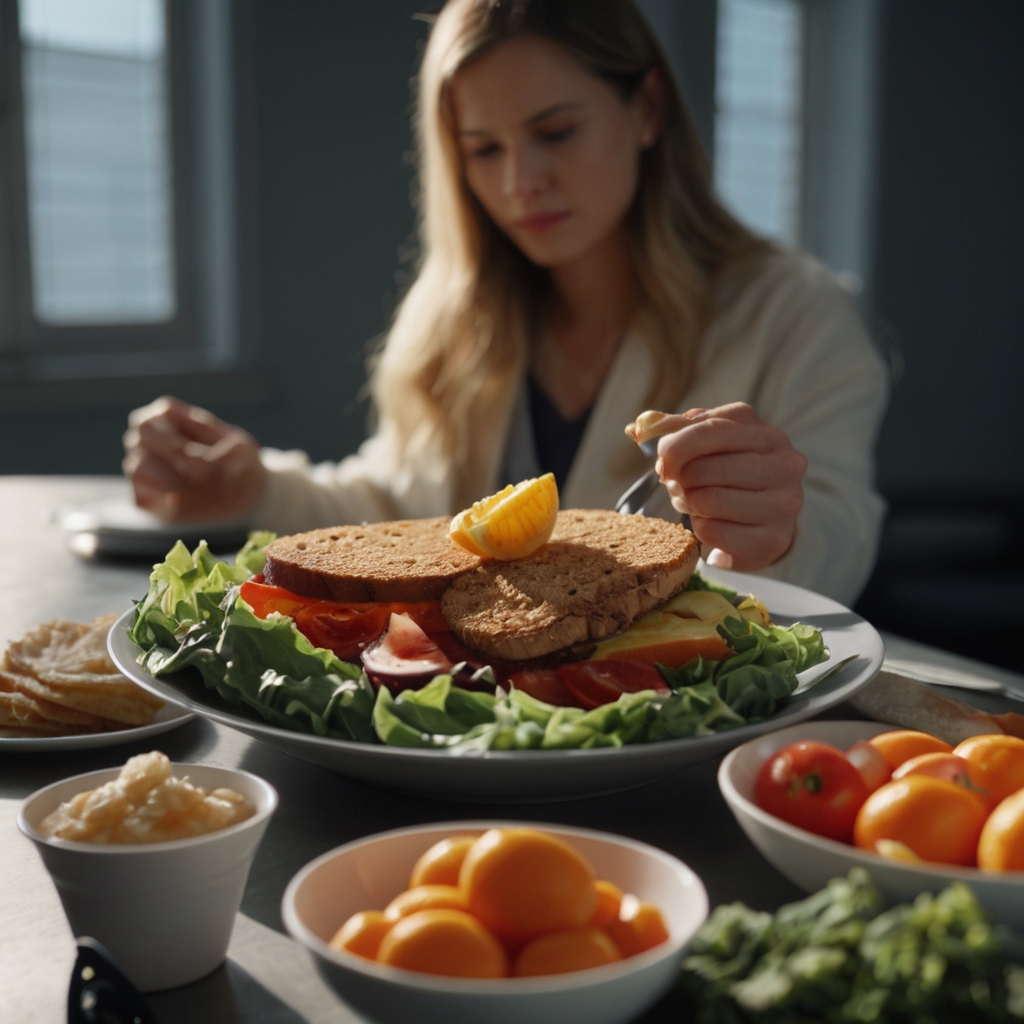
Foods to Avoid Like the Plague
Soda and sugary drinks
White flour products
Processed snacks
Candy and desserts
If it comes in a shiny wrapper and lasts forever, it probably shouldn’t be in your body.
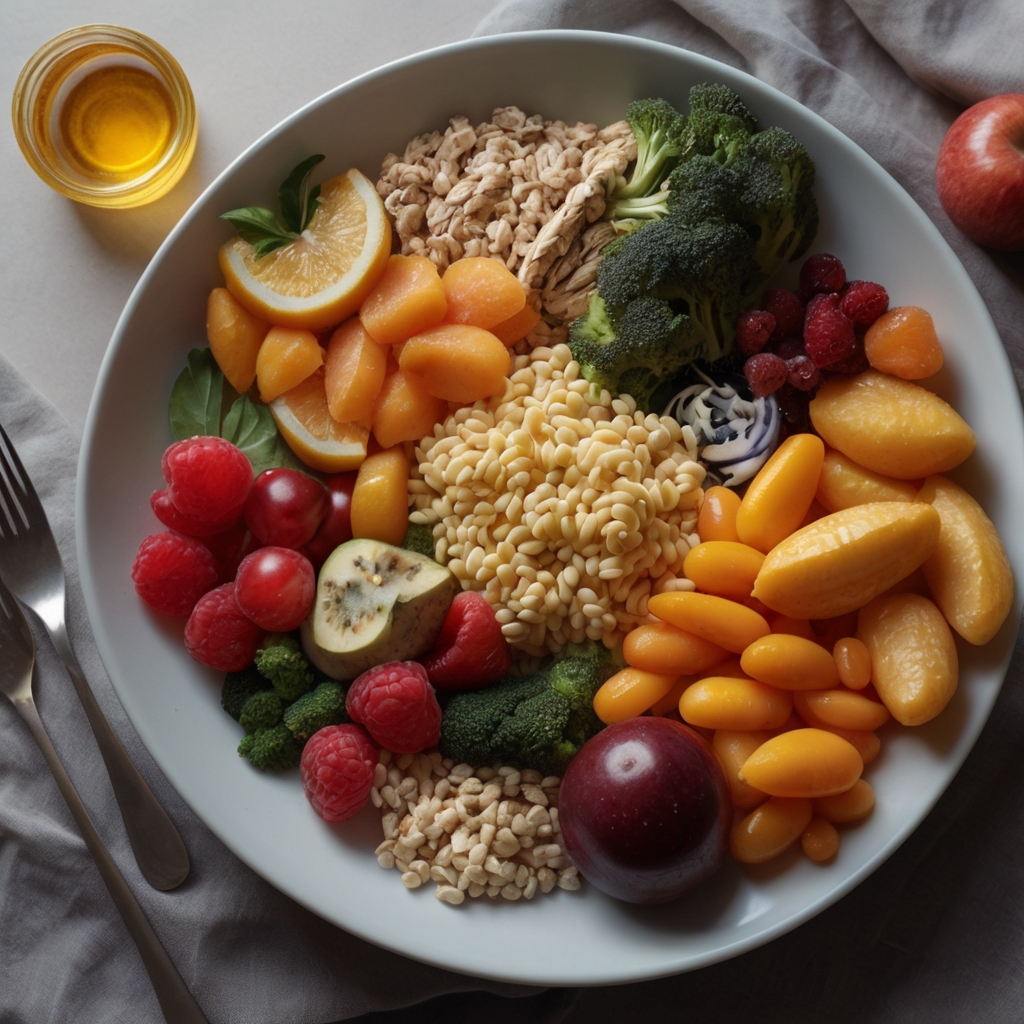
Superfoods That Keep Blood Sugar in Check
Cinnamon
Turmeric
Leafy greens
Avocados
Nuts and seeds
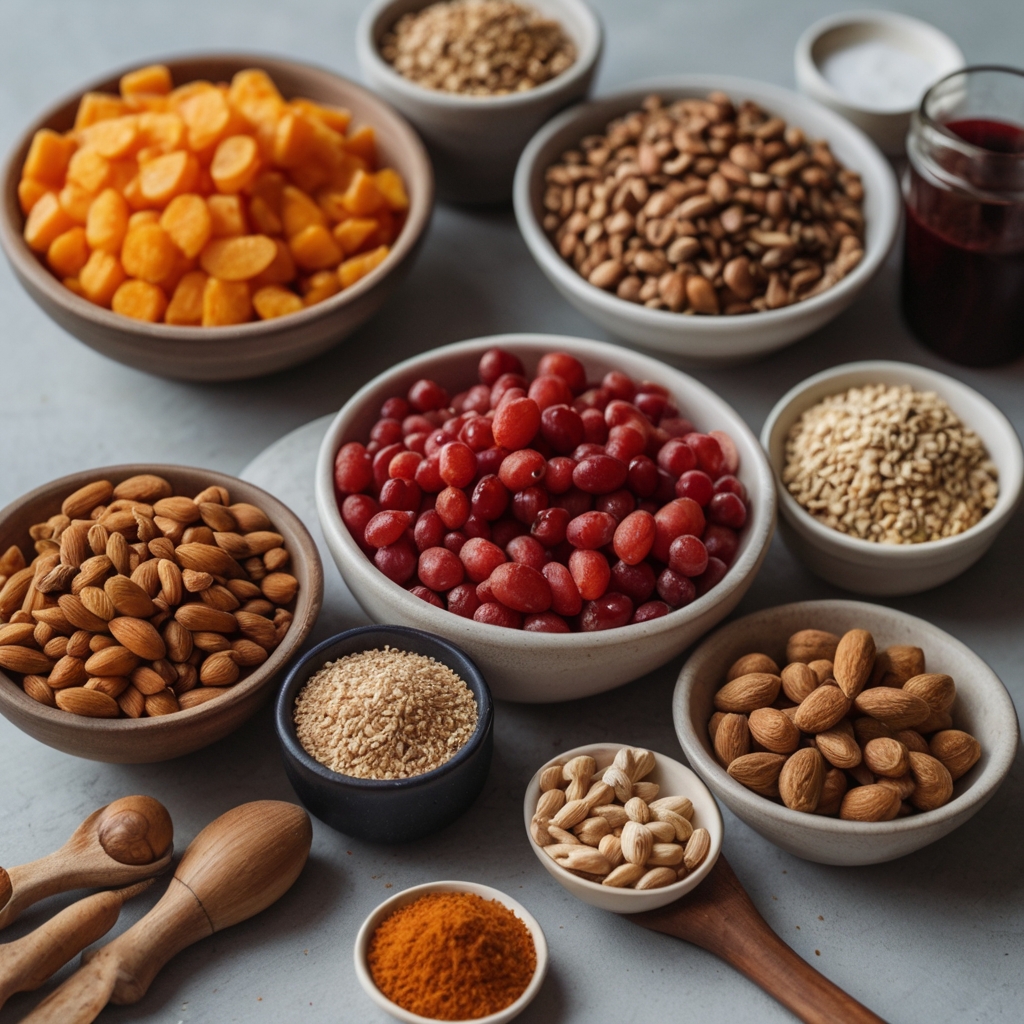
🟩 The Role of Exercise
🔸 How Physical Activity Lowers Blood Sugar
Exercise burns glucose and improves insulin sensitivity. It’s like giving your body a metabolic reset button.
🔸 Best Types of Exercises for Prevention
Walking (30 minutes a day = gold)
Strength training (builds muscle, burns sugar)
HIIT (short bursts, big results)

Best Types of Exercises for Prevention
Walking (30 minutes a day = gold)
Strength training (builds muscle, burns sugar)
HIIT (short bursts, big results)
🔸 Creating a Realistic Fitness Routine
Start small. Even 10 minutes twice a day is better than nothing. The goal is consistency, not perfection.

🟩 Lifestyle Tweaks That Make a Big Difference
🔸 Quality Sleep and Blood Sugar Levels
Less sleep = more cravings + higher sugar. Aim for 7–9 hours of quality, uninterrupted sleep.
🔸 Managing Stress to Prevent Hormonal Imbalance
Chronic stress raises cortisol, which spikes blood sugar. Try:
Deep breathing
Yoga
Journaling
Time in nature

🔸 Ditching Bad Habits (Smoking, Alcohol, etc.)
Nicotine and excessive alcohol mess with insulin and liver function. Quitting isn’t easy—but it’s worth it.
🟩 Regular Checkups and Monitoring
🔸 What Tests to Get and How Often
Fasting blood glucose
A1C (every 3–6 months if at risk)
Oral glucose tolerance test
🔸 Understanding Your Numbers
Fasting glucose: <100 mg/dL
A1C: <5.7%
Anything higher might mean you’re flirting with danger.

🔸 Using Technology to Stay on Track
Use apps, smartwatches, or continuous glucose monitors (CGMs) to keep tabs on your numbers.
🟩 Natural and Holistic Approaches
🔸 Herbal Remedies That May Help
Berberine
Fenugreek
Gymnema Sylvestre
Always consult your doctor before starting.
🔸 The Role of Supplements
Magnesium
Chromium
Alpha-lipoic acid
These help with insulin function and blood sugar metabolism.
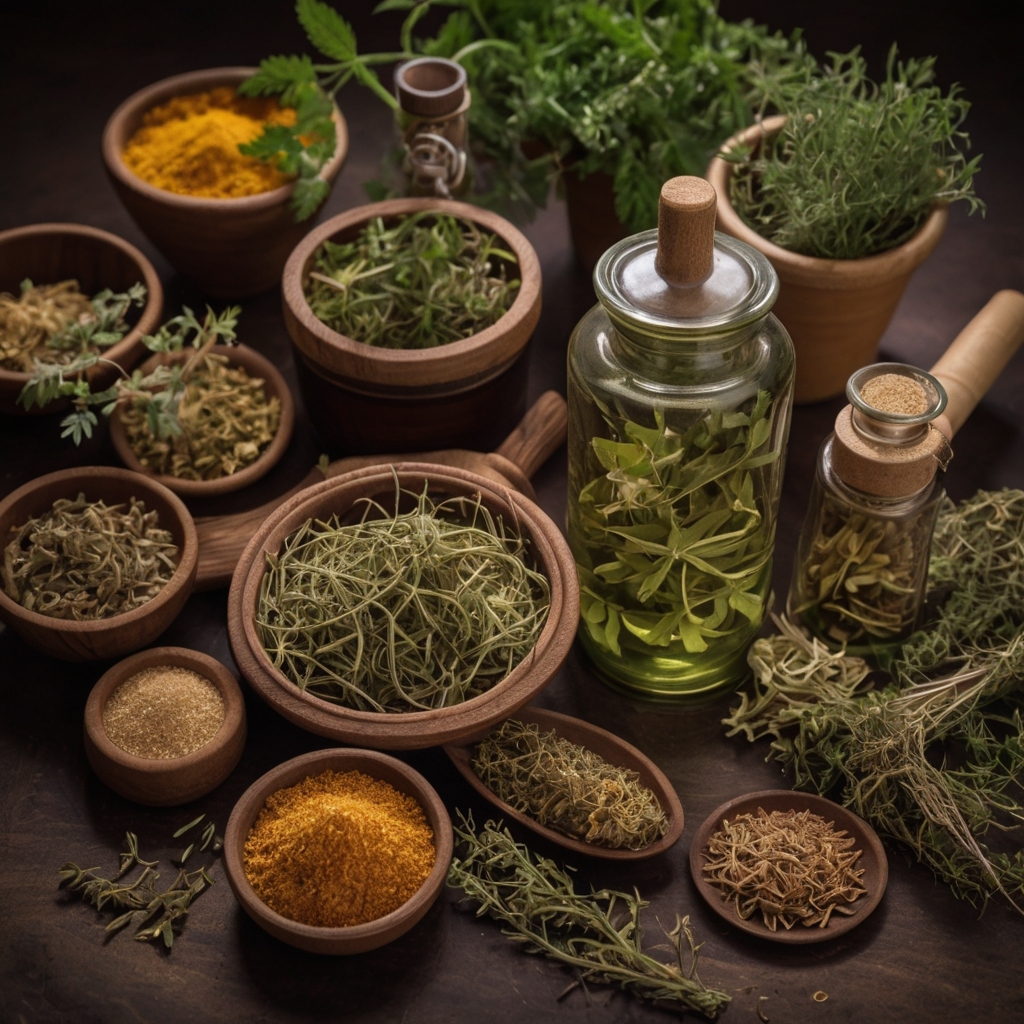
🔸 Intermittent Fasting: Fad or Future?
Studies show time-restricted eating may reduce insulin resistance—but it’s not for everyone.
🟩 Preventing Sugar Disease in Kids and Teens
🔸 Healthy Habits Start Early
Teach kids how to:
Read labels
Choose water over juice
Eat whole foods
🔸 Breaking the Sugar Addiction Cycle
Start reducing sugar early. Kids’ taste buds adapt fast if you stop the sugar flood.
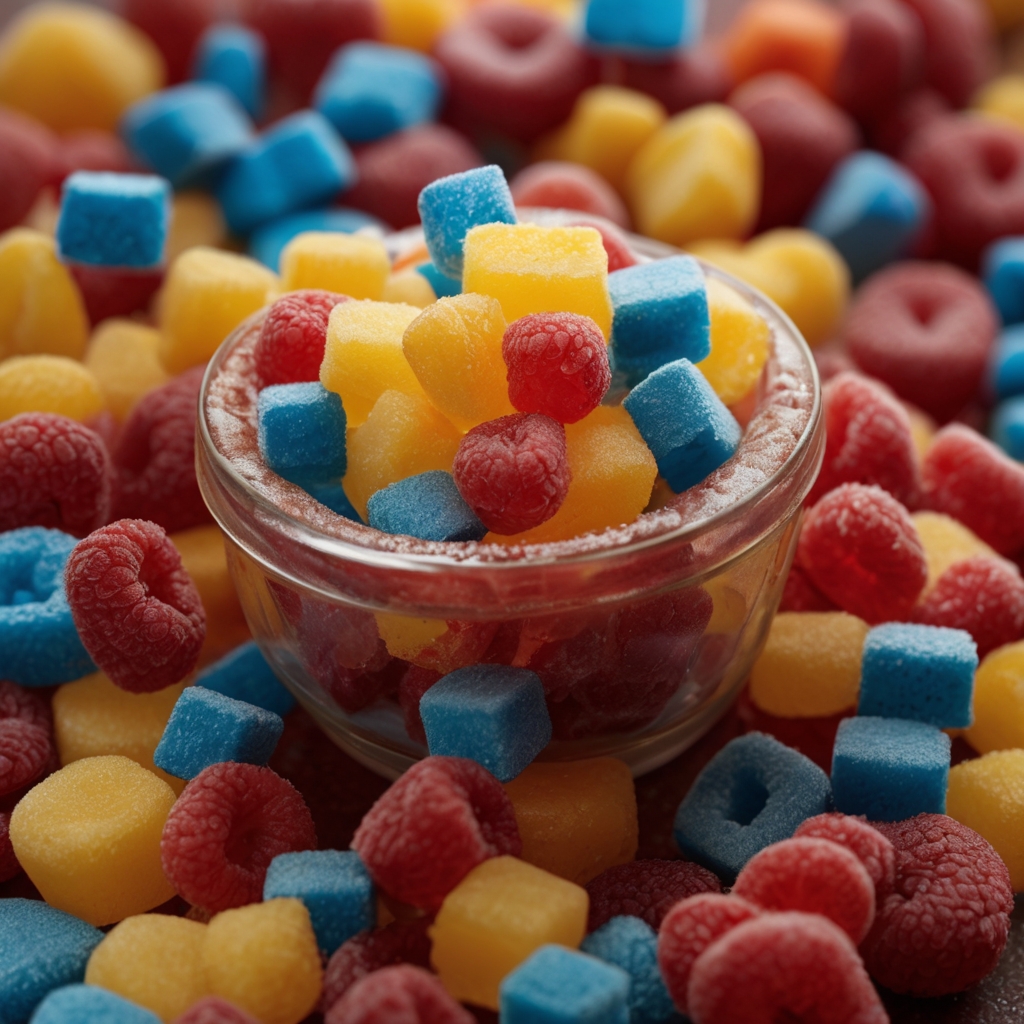
🔸 Making Prevention Fun for the Family
Turn healthy eating into a game. Cook together. Grow a garden. Reward activity, not screen time.
🟩 Community and Support Systems
🔸 Why You Shouldn’t Go It Alone
Behavior change is tough. Support makes it stick. Talk to friends, join a group, or connect online.
🔸 Online and Offline Support Resources
Diabetes prevention programs (DPPs)
Facebook health groups
Local walking clubs
Nutrition workshops

🟩 Conclusion
Preventing sugar disease isn’t about perfection. It’s about making daily, intentional choices that move the needle in the right direction. Eat smarter, move more, stress less—and check in with your body regularly. You’ve got more power than you think. Start today, and your future self will thank you.
🟩 FAQs
Q1: Can you reverse prediabetes naturally?
Yes! With proper diet, exercise, and lifestyle changes, many people reverse prediabetes.
Q2: Is fruit bad for blood sugar?
Whole fruits in moderation are fine—especially berries and apples. Avoid fruit juices though.
Q3: How much exercise is enough to prevent diabetes?
Aim for at least 150 minutes of moderate activity per week.
Q4: What’s the first sign of insulin resistance?
Fatigue after eating, sugar cravings, and weight gain around the belly are common early signs.
Q5: Can kids get type 2 diabetes?
Yes, unfortunately. Poor diet and inactivity are increasing type 2 cases in children.
Who is Diabetes Freedom for?
Those demographics most interested in Diabetes Freedom are:
- 45-75 years of age
- Male or female – however, men are more likely to have diabetes type 2
You may like to try targeting male audiences first.
If targeting by physical location, you may like to check out the diabetes percentages per US state right here. right here.


